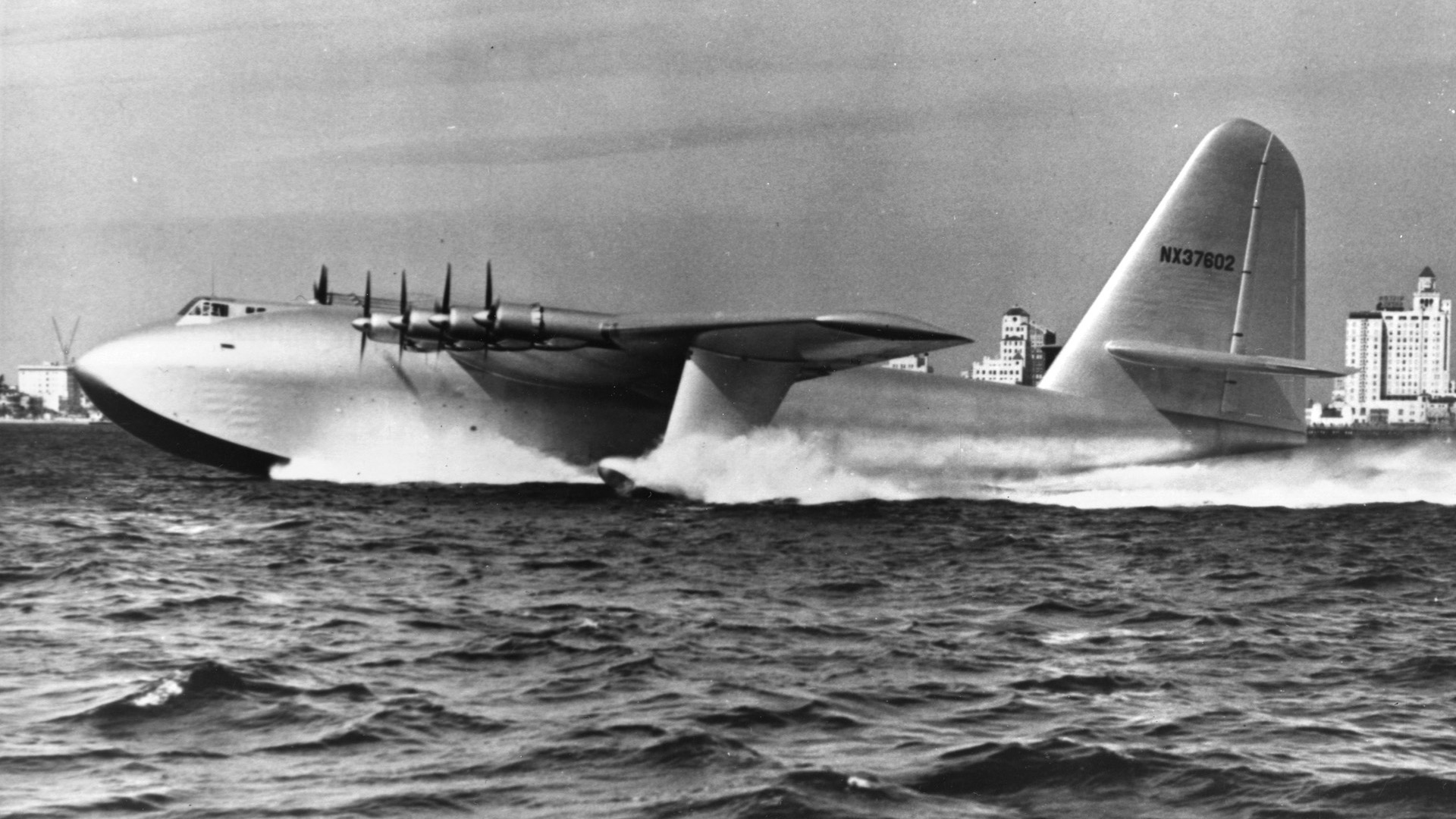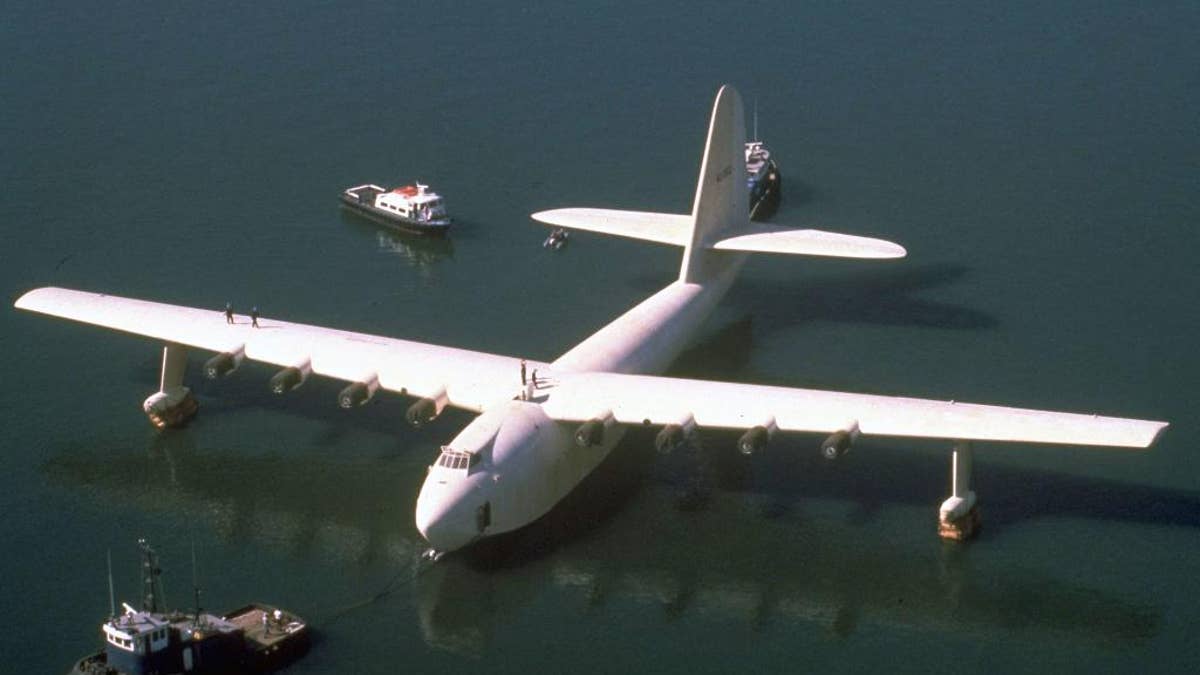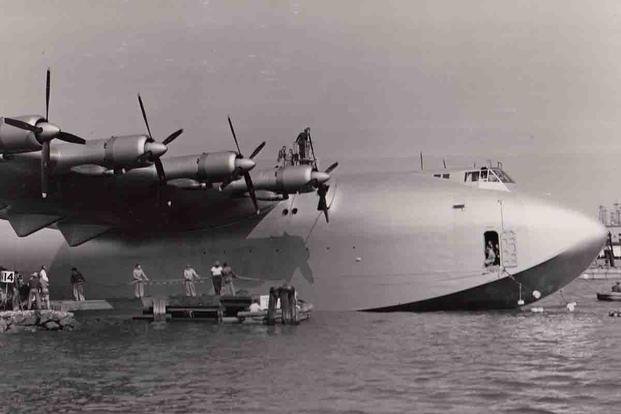The Spruce Goose: Legendary Giant of Aviation History
The year 2022 commemorated several significant anniversaries, with the 50th anniversary of the BMW M division being a prominent one. However, another noteworthy milestone worth celebrating was the 75th anniversary of the first and only flight of the Hughes H-4 Hercules, famously known as the Spruce Goose.
The Spruce Goose retains its distinction as the largest flying boat ever constructed and one of the most colossal aircraft in aviation history. It was the brainchild of Mr. Howard Hughes and his Hughes Aircraft Company.
Howard Hughes has always been a captivating figure in the aviation world, and the Spruce Goose stands as perhaps the pinnacle of his aviation achievements. Surprisingly, this extraordinary aircraft, initially designed as a massive military heavy transporter, only made a single, brief flight before spending decades in storage.
Remarkably, the Spruce Goose remains in remarkably good condition and is now the centerpiece of the Evergreen Aviation & Space Museum in McMinnville, Oregon. As we mark 75 years since that one and only flight in 2022, it’s an opportune moment to delve into the story of the Spruce Goose.
Why the Spruce Goose Was Designed and Developed
The Spruce Goose was conceived for a relatively straightforward purpose. In 1942, the U.S. War Department faced the challenge of transporting war materials and personnel to Britain. However, shipping across the Atlantic was fraught with risks due to the heavy losses suffered by Allied merchant shipping at the hands of German U-Boats.
Consequently, the U.S. determined that a massive aircraft capable of carrying substantial cargo across the Atlantic was urgently required. Collaborating with Henry J. Kaiser, Howard Hughes embarked on creating what was then the world’s largest aircraft.
Initially, the 1942 development contract called for the construction of three aircraft to be completed and delivered within two years for the war effort. However, Kaiser later withdrew from the project, and Hughes signed a new contract for a single aircraft, designated the H-4 Hercules.
The Hercules was primarily constructed from wood, with the development process stretching on as is common in such ambitious projects. It wasn’t until well after the end of World War II that this gigantic flying boat was finally completed. Composite technology, utilizing plywood and the Duramold resin process, was employed in its construction.
The Spruce Goose Finally Takes to the Skies
In 1947, Howard Hughes was summoned to testify before the Senate War Investigating Committee regarding the use of government funds in building the aircraft. The development had incurred substantial expenses, with the Spruce Goose costing approximately $23 million, which would translate to around $213 million in today’s currency.
During the hearings, the Spruce Goose was fully prepared and ready for flight. It was powered by eight Pratt & Whitney R-4360 Wasp Major 28-cylinder air-cooled radial engines, and its projected top speed was 250 mph with a service ceiling of 20,900 feet. The aircraft boasted a remarkable wingspan of 320 feet and 11 inches.
Before the Senate hearings concluded, the aircraft was transported to Long Beach, California. During a break in the hearings, Hughes returned to California to conduct taxi tests on the aircraft. These tests began on November 2nd, 1947.
Various members of the press corps were present, along with industry representatives. To the astonishment of many, on the final run of the day, the massive aircraft became airborne and lifted off the water. The Hercules achieved a speed of 135 mph and covered approximately one mile in a flight lasting 26 seconds. It would touch down and never take flight again, leaving Hughes satisfied that his finest creation was flight-worthy.
A Quiet Post-Flight Life for the Spruce Goose
A team of 300 workers, sworn to secrecy, maintained the Spruce Goose in a climate-controlled hangar. This team was disbanded after Howard Hughes’ passing in 1976.
In 1980, the Aero Club of Southern California acquired the Spruce Goose, displaying it in a massive geodesic dome next to the Queen Mary in Long Beach. This continued until 1991 when Disney, who had acquired the attraction, decided not to keep the Spruce Goose on display. After an extensive search for a new home, the Spruce Goose found its way to the Evergreen Aviation & Space Museum.
Still Wowing the Crowds 75 Years On
Transported by barge, train, and truck, the Spruce Goose returned to public display in 1993 and has since remained the pride and joy of the museum. The aircraft dwarfs everything else in its vicinity, towering over a Douglas DC-3 Dakota and various other aircraft.
The Spruce Goose stands as one of the most remarkable aircraft ever created and continues to capture the imagination of aviation enthusiasts. It is undoubtedly Howard Hughes’ greatest achievement and a significant “what if” in the world of aviation. Seventy-five years after its lone flight, we are fortunate to still have the Spruce Goose with us.
Hits: 29










